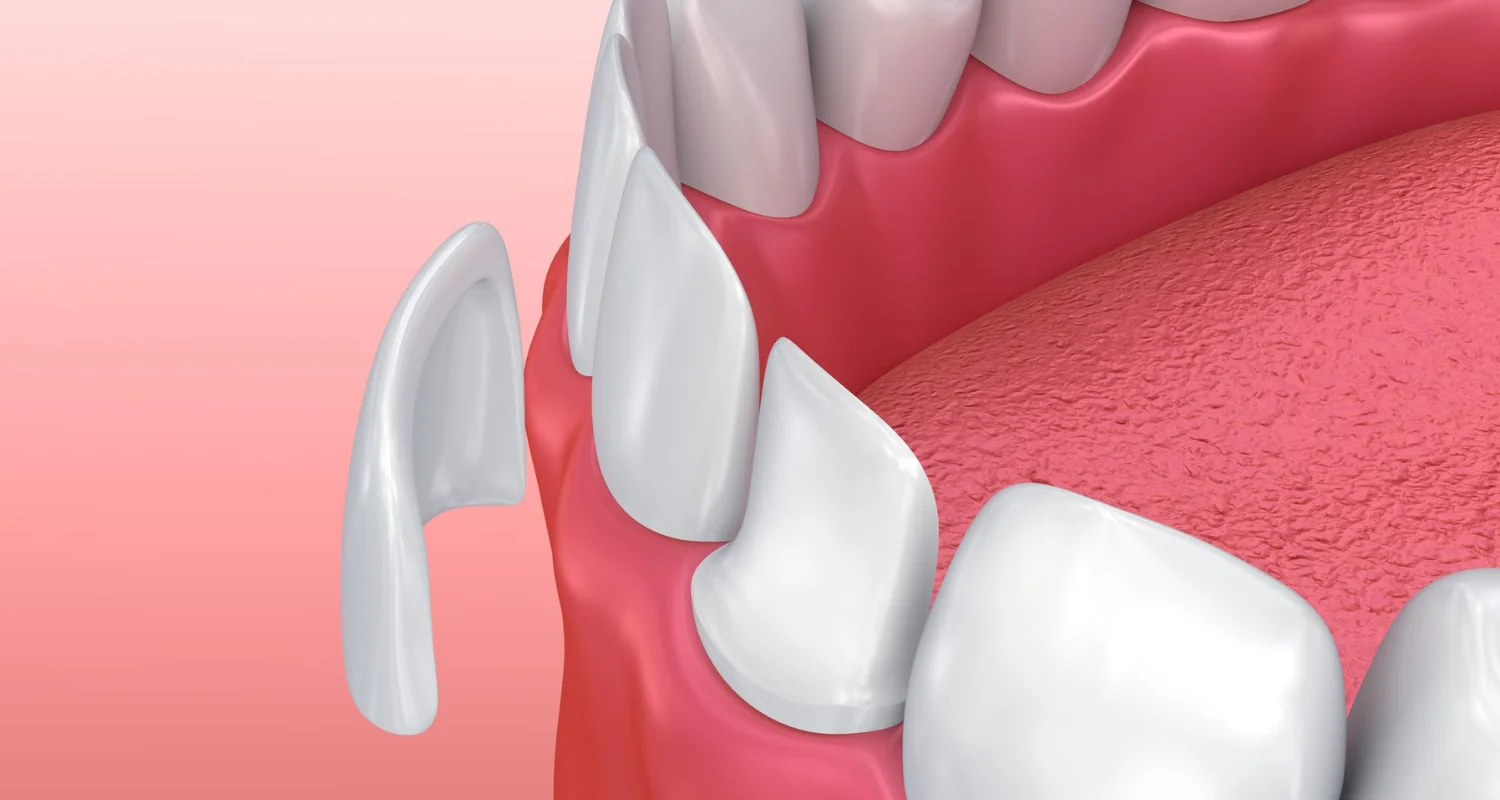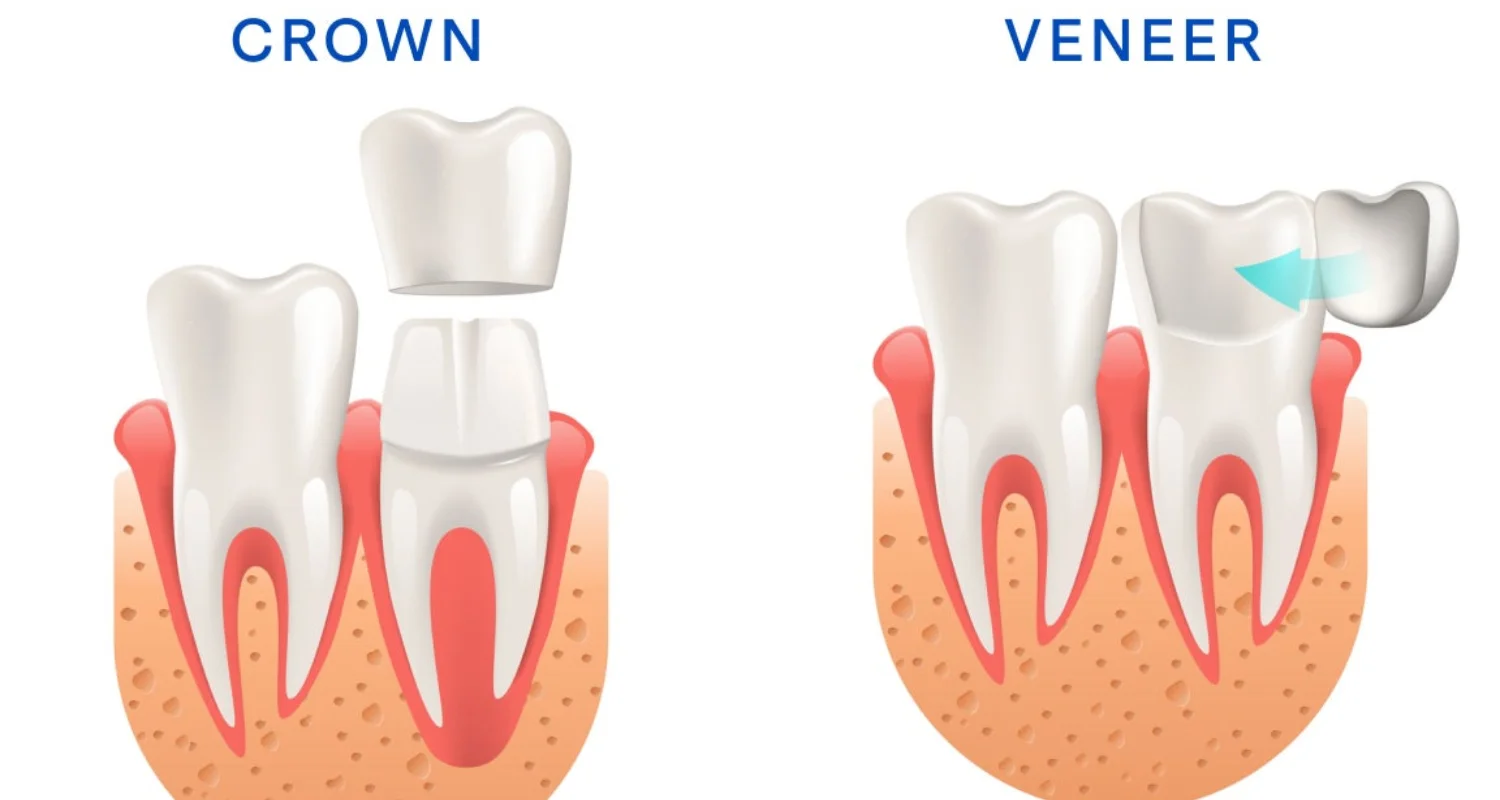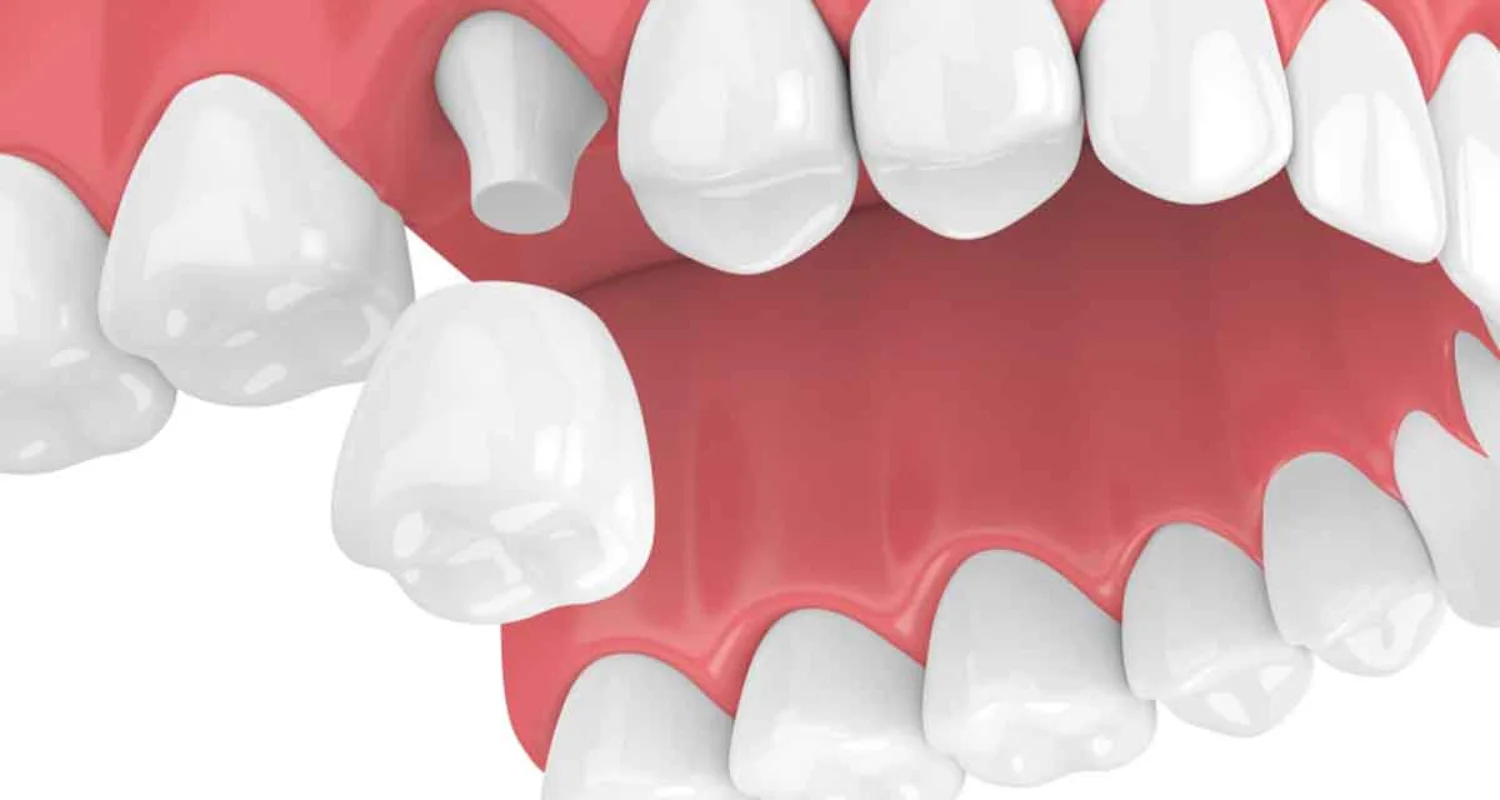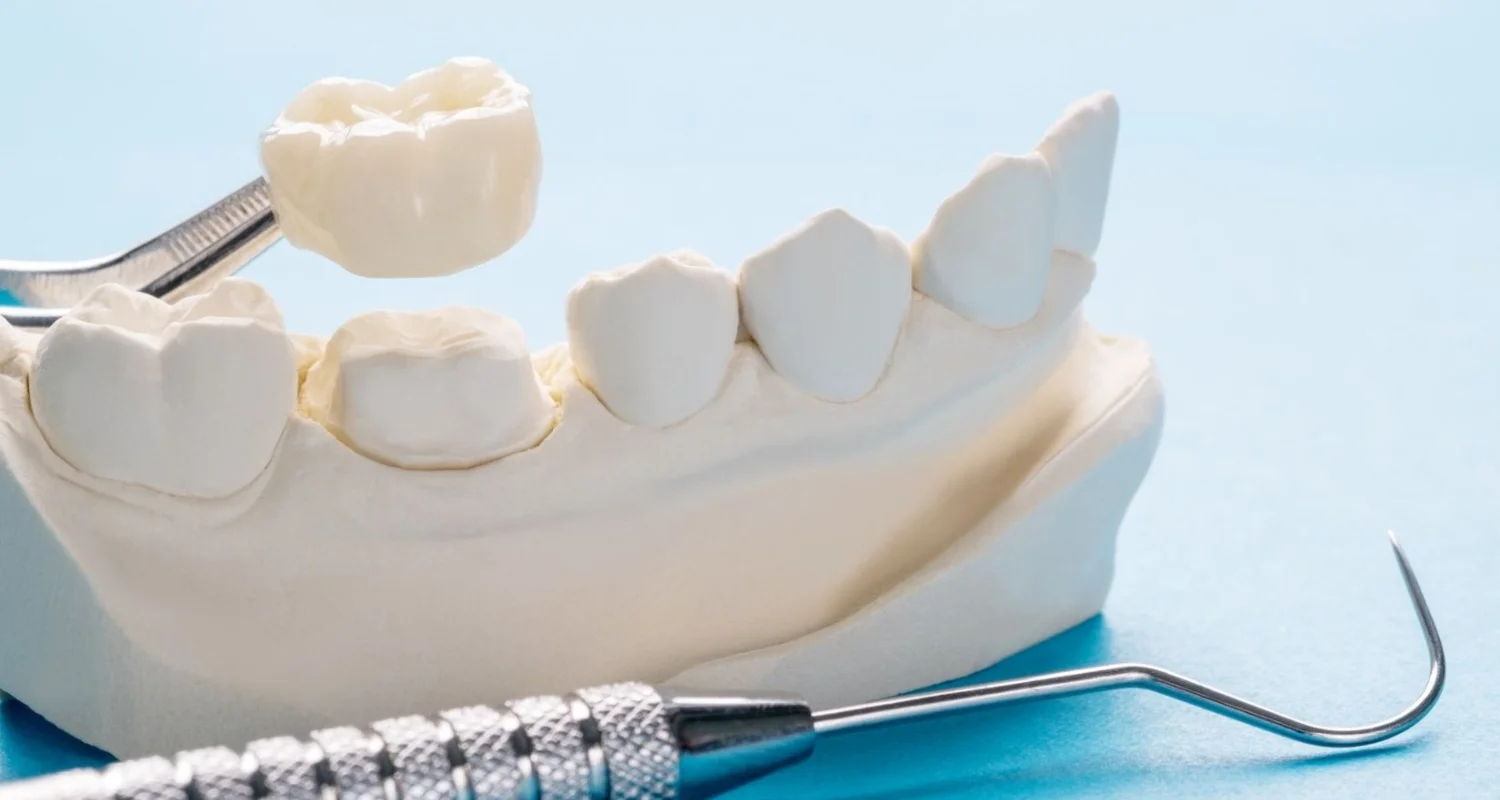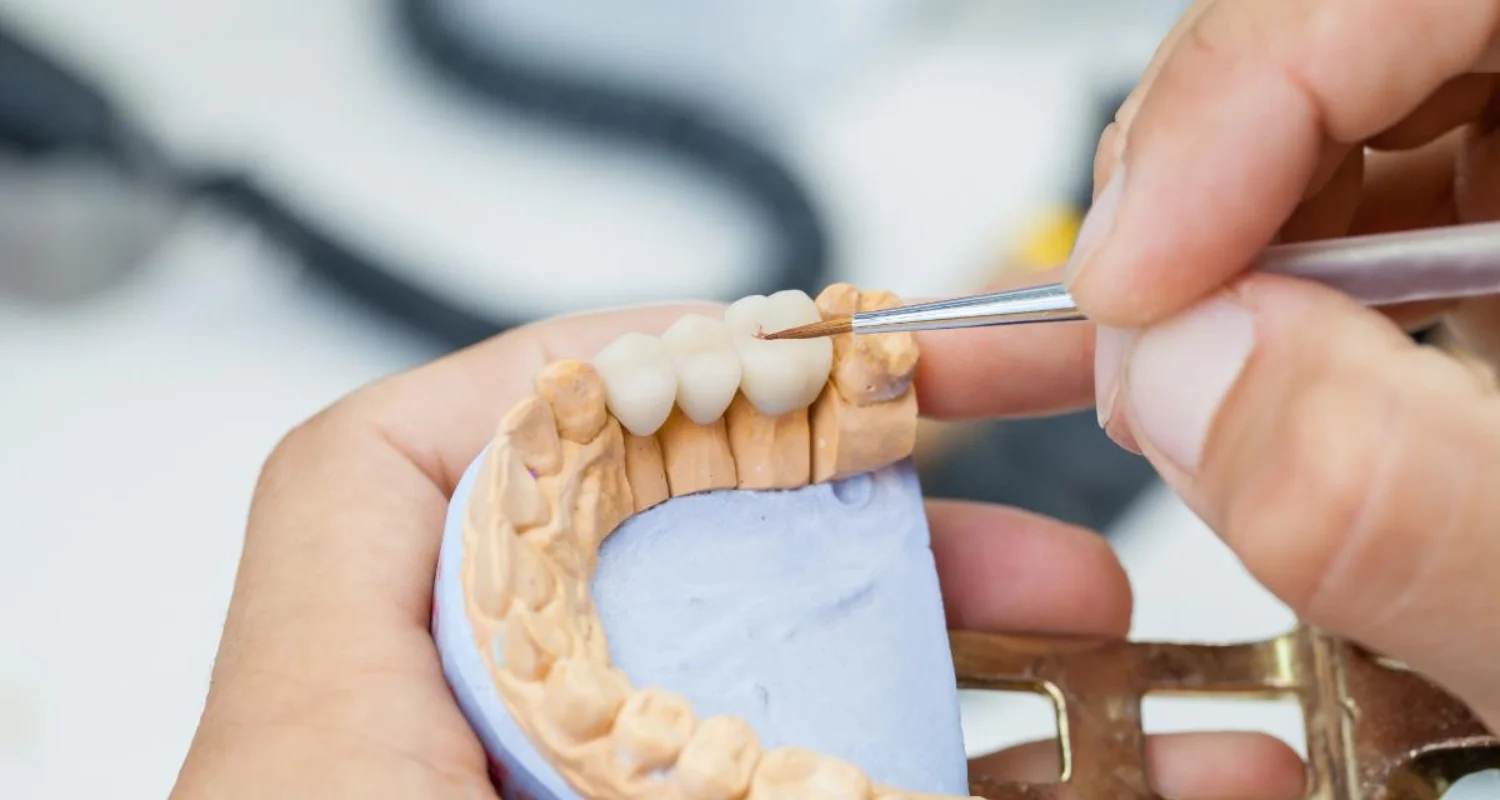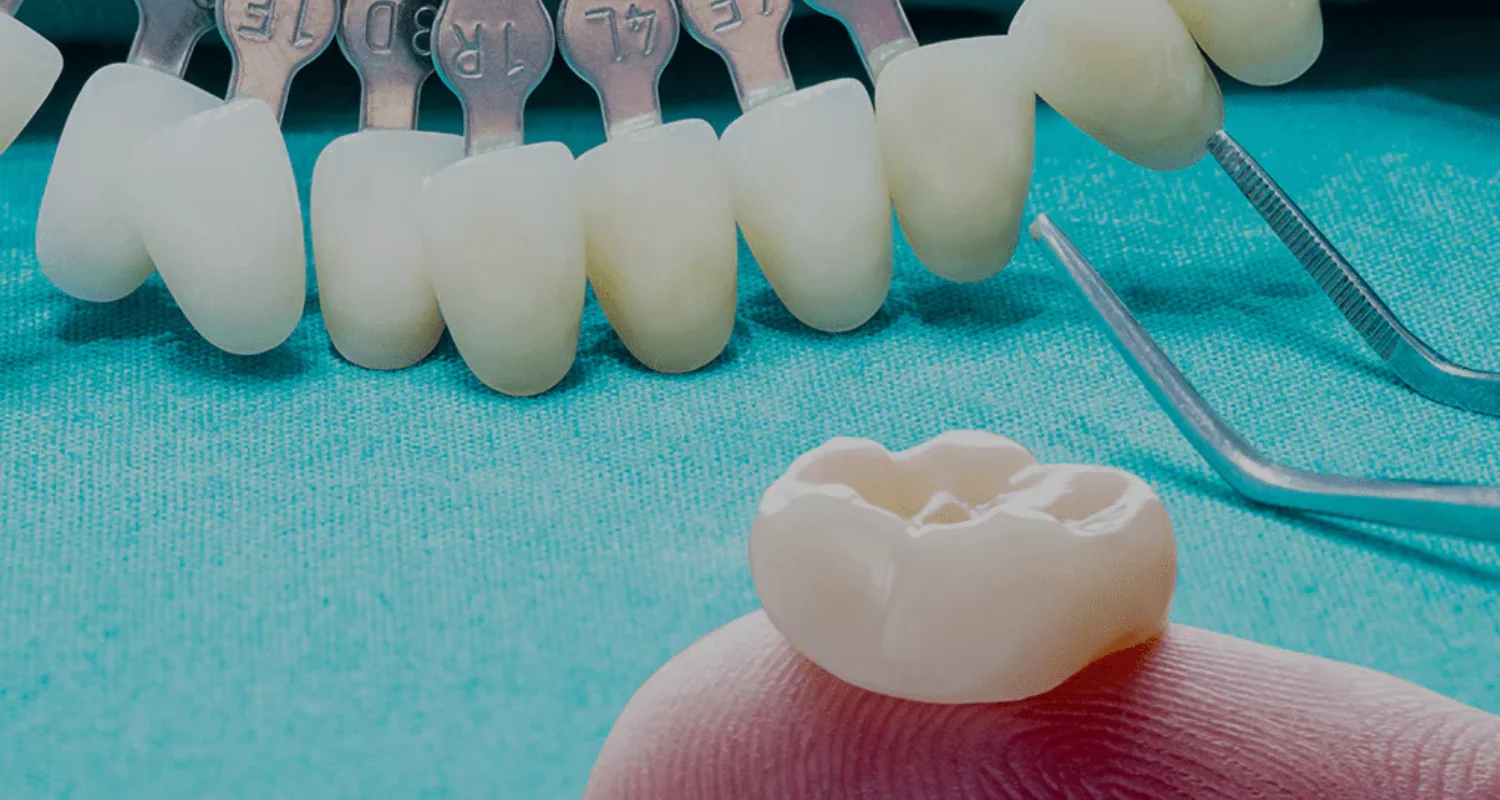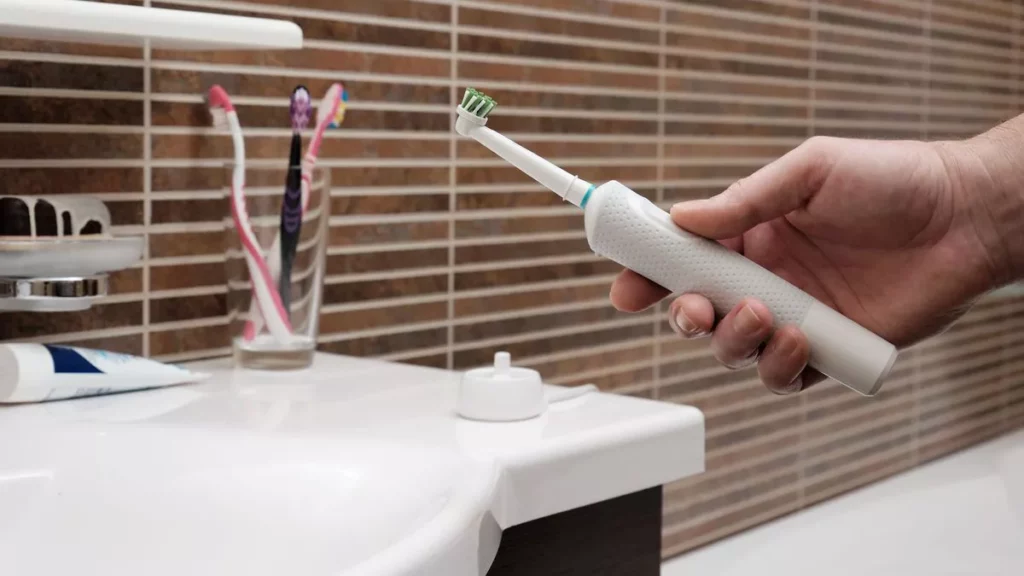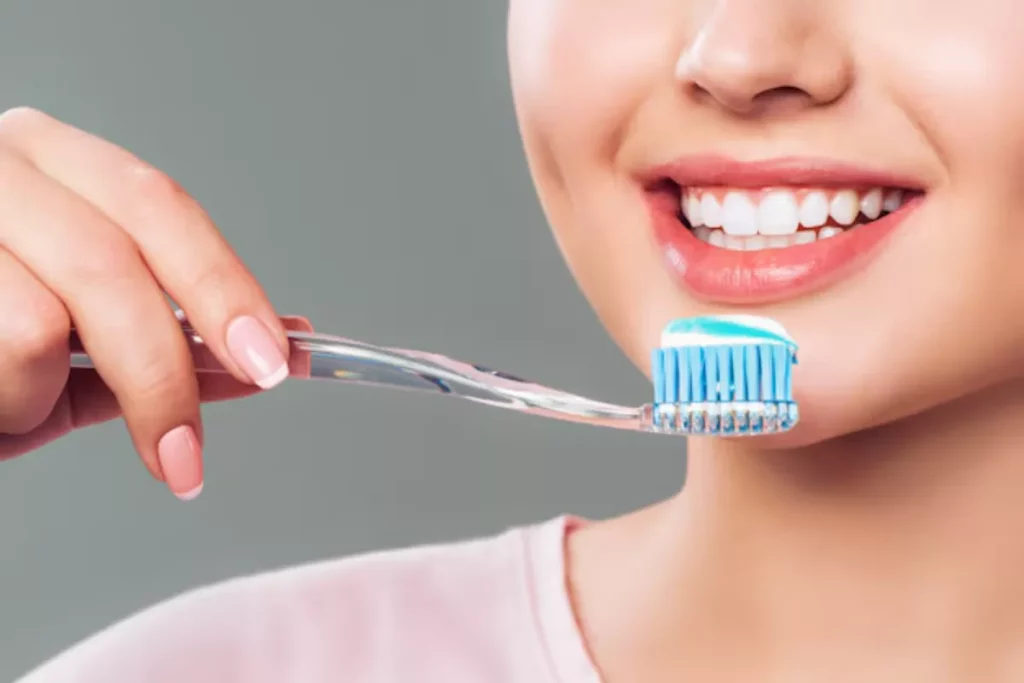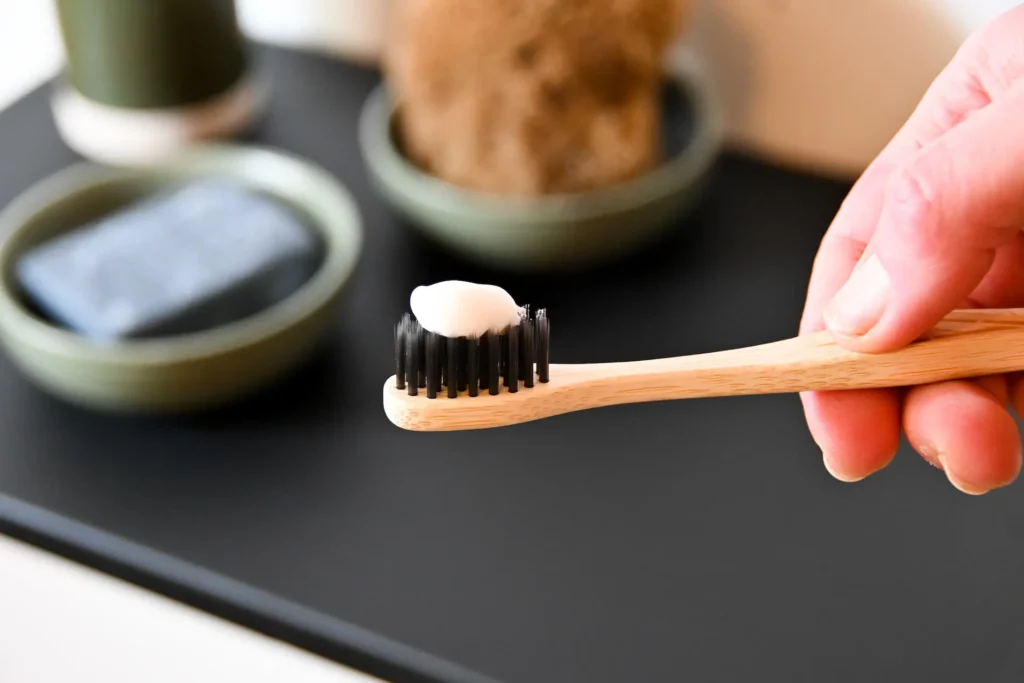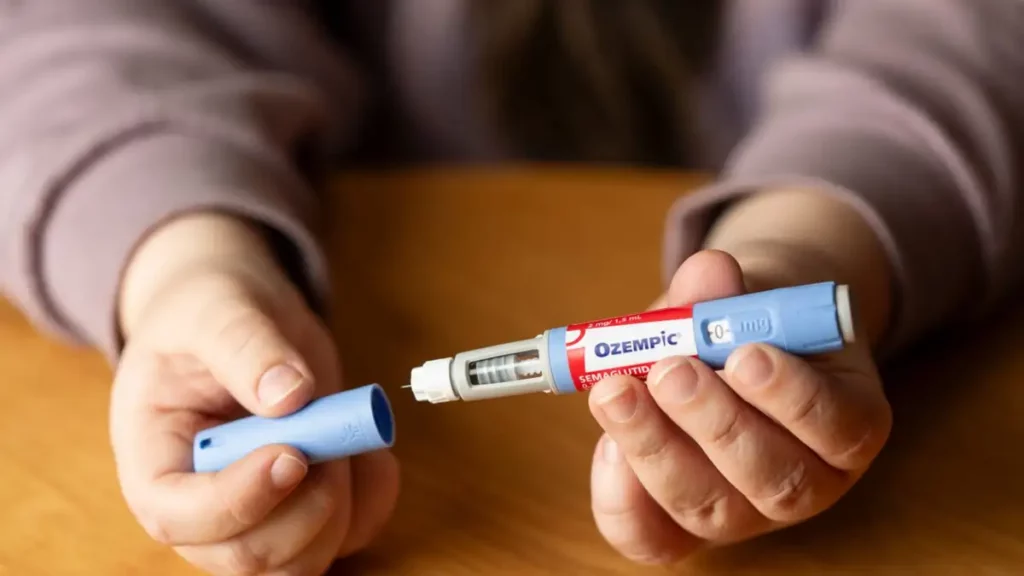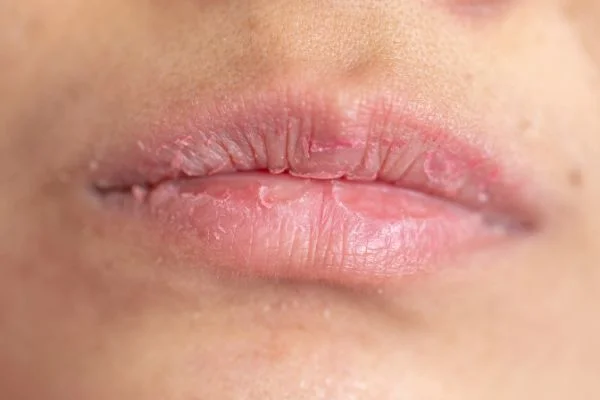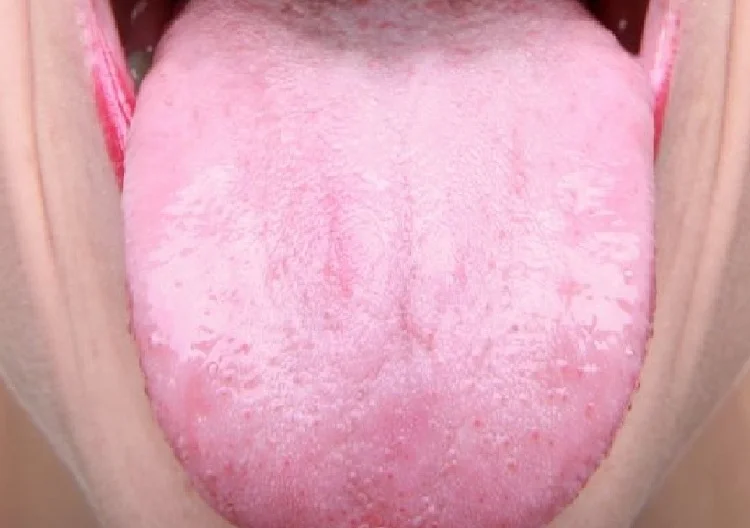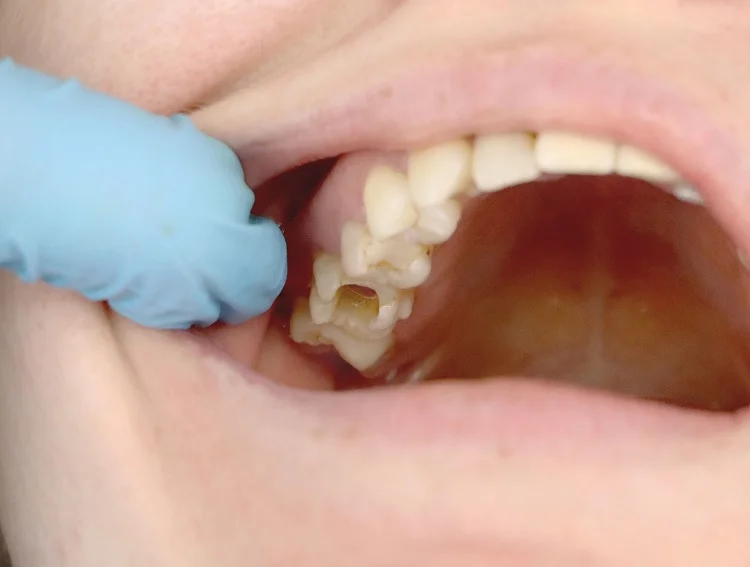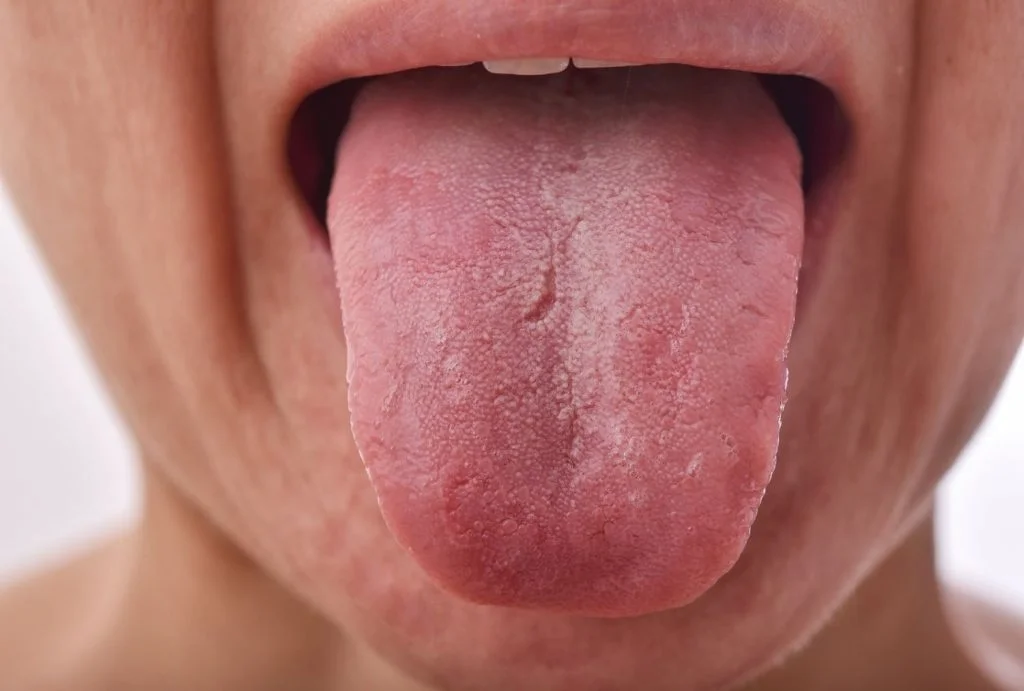Last Updated on: 19th September 2025, 12:32 pm
Are you wondering the difference between a veneer and a crown?
Modern dentistry is advancing rapidly to provide effective solutions for dental health, function, and aesthetics. An attractive smile can boost confidence, but problems such as cavities or enamel defects compromise dental structure. In mild cases, direct restorations, such as resin fillings, can be sufficient and long-lasting if properly maintained. However, when tooth damage is more severe, stronger restorative options, such as crowns and veneers, are required.
Both veneers and crowns improve the appearance and function of teeth, leading many to believe that they serve the same purpose. Although they may appear similar, there are significant differences between them. In this article you will learn how veneers and crowns work, their key differences and indications, which will help you choose the best option for your dental needs.
What is the difference between a veneer and a crown?
To understand the differences between these two options we must first know what they are and in which cases each one is called for.
Definition of veneers
Dental veneers are thin, custom-made shells designed to cover only the front surface of teeth and improve their appearance by changing the size, shape, and color. They are made of materials such as ceramic or composite resin, which mimic the natural shade of the teeth. Veneers are bonded using specialized dental types of cement and offer a minimally invasive solution for a brighter, more uniform smile.
Veneers are used primarily for aesthetic purposes rather than restorative functions. They are recommended in the following cases:
● Shape and size correction: Ideal for adjusting irregularly shaped or small teeth (microdontia) without excessive tooth wear. They also help close small interdental spaces.
● Color enhancement: Suitable for teeth with persistent discoloration that cannot be completely corrected with whitening, such as those affected by previous root canals or trauma.
● Enamel and dentin defects: Effective in cases of enamel hypocalcification, fluorosis, white spots, or mild structural issues caused by conditions like dentinogenesis imperfecta.
● Old restorations: A good alternative to extensive, discolored fillings that compromise dental aesthetics.
● Chipped or worn teeth: Helps restore the natural contour of teeth affected by minor fractures or accelerated wear.
● Mild misalignment or gaps: This can be used to create a more even, harmonious smile in certain cases.
While veneers can dramatically improve a smile, they do not restore severely damaged or missing teeth. The success of the treatment depends on a proper evaluation by a specialist, who will ensure that veneers are the most suitable option for each case. With good oral hygiene and care, veneers offer a long-lasting, and natural-looking solution for a perfect smile.
Definition of crowns
Dental crowns are restorations that fully cover a tooth, restoring its shape, function, and aesthetics when it has been severely damaged. They are typically used to treat teeth weakened by decay, fractures, or structural loss. Crowns can be made of acrylic (for temporary use), ceramic, metal, or a combination of metal and ceramic (for permanent restorations). Ceramic crowns are especially popular for their natural appearance, durability, and biocompatibility, which reduces the risk of allergic reactions.
Crowns are an effective solution in the following cases:
● Severe tooth decay: If a tooth has suffered significant damage due to decay, the decayed part must be removed and, if necessary, rebuilt before a crown is placed.
● Fractured or weak teeth: When a tooth has cracked or is structurally weak and at risk of breaking further, a crown provides the necessary reinforcement.
● Extensive failing fillings: If an old restoration is too large or leaks, a crown can offer better long-term durability.
● Teeth treated with a root canal: Root canal-treated teeth often lose a substantial amount of structure, making them more fragile; a crown helps protect and strengthen them.
● Support for dental bridges and fixed prostheses: Crowns can act as anchors for replacing missing teeth by using adjacent teeth as support.
● Dental implants: After an implant has healed, a temporary acrylic crown is placed first, followed by a permanent ceramic crown to restore function and aesthetics.
Since a crown completely covers the tooth, some of the natural tooth structure must be filed down before it is placed. The dentist will shape the tooth, remove decay if present, and, in cases of significant structural loss, may place a post or core inside the root to provide additional support. The crown is then custom-made to fit securely over the tooth and is cemented into place.
Dental crowns are a long-lasting and effective solution for restoring damaged teeth and improving oral health. If you think you may need one, consult a dentist to determine the best option for your specific case.
Step-by-step guide for placing veneers and crowns
How are veneers placed?
The process of creating and placing a dental veneer involves multiple steps, which may vary depending on the material and the reason for the treatment. Veneers are primarily used for aesthetic purposes, and your dentist will determine the best approach while prioritizing the preservation of your tooth structure.
Below is a step-by-step guide:
1. Evaluation and planning: The dentist will assess the health of your teeth and gums to determine if veneers are a suitable option. It’s important to discuss your expectations, as clear communication ensures the best results.
2. Additional exams: Photographs, impressions, or digital scans are taken to design custom veneers. In some cases, temporary veneers are used to preview the final result. The tooth color is selected based on your preference and the dentist’s recommendation.
3. Tooth preparation: A thin layer of enamel (0.3 – 0.7 mm) is removed to allow a proper fit and natural look. In cases of ultra-thin veneers, minimal or no enamel removal may be needed.
4. Dental impressions: After preparation, impressions or digital scans are sent to a dental lab, where specialists craft the veneers using materials like porcelain or composite resin for an optimal fit and color match.
5. Placement of temporary veneers (if needed): Depending on the case, temporary veneers may be placed while the final ones are being fabricated, especially if a significant amount of enamel was removed.
6. Trial and adjustments: The permanent veneers are tested on your teeth to check the proper shape, color, and fit. Small adjustments can be made at this stage to ensure comfort and a natural appearance.
7. Final bonding: Once approved, the veneers are permanently cemented using a special adhesive and cured with a polymerization light. The dentist makes final refinements and ensures a comfortable bite.
8. Care and maintenance: Maintaining good oral hygiene with the right dental products, avoiding hard foods, and eliminating habits like nail biting will help extend the life of your veneers. Regular dental check-ups are essential for long-term success.
This procedure ensures that veneers provide a natural and long-lasting improvement to your smile.
How is a dental crown placed?
Dental crowns are an effective solution for restoring weakened or damaged teeth. If you need one, here is a clear and simple explanation of the process:
1. Evaluation and diagnosis: The dentist examines the tooth to determine if a crown is necessary, typically due to severe wear, fractures, or a root canal treatment. X-rays may be taken to ensure the root and bone are in good condition.
2. Tooth preparation: The tooth is reshaped by removing a layer of enamel to allow the crown to fit properly. If needed, the dentist may rebuild part of the tooth using a core or post to provide extra support and achieve a natural look.
3. Dental impressions: Once the tooth is prepared, an impression or digital scan is taken to create an exact model. It is sent to a dental laboratory, where a custom crown is fabricated using porcelain, metal-porcelain, zirconia, or other materials depending on the patient’s needs.
4. Placement of a temporary crown: While the permanent crown is being made, a temporary crown is placed to protect the tooth. Patients should be careful with this temporary piece, avoiding sticky or hard foods until the final crown is placed.
5. Trial and adjustment of the permanent crown: When the final crown is ready, the dentist tests it on the tooth to check for a proper fit, color, and shape. Minor adjustments may be made to ensure comfort and aesthetics.
6. Final cementation: Once everything is in order, the crown is permanently fixed using special cement. The dentist checks the bite and makes final refinements to ensure it feels and functions like a natural tooth.
7. Care and maintenance: After placement, maintaining good oral hygiene, avoiding hard objects, and scheduling regular dental check-ups are essential to keep the crown in good condition.
Note: Before permanently cementing a crown, 2 to 3 trial fittings are usually performed to carefully evaluate its height, shape, color, and function. Since the crown cannot be easily removed or replaced once cemented, the dentist must ensure everything is correct before finalizing the placement.
Difference between a veneer and a crown in pricing
There is a difference between a veneer and a crown in pricing, influenced by several factors. In general, composite resin veneers are more affordable, starting at around 250 USD per tooth, while porcelain veneers, known for their superior durability and aesthetics, can cost up to 2,500 USD.
Crowns, on the other hand, tend to be more expensive because they cover the entire tooth and require more material and fabrication time. Their price varies based on the material used: metal crowns are the most affordable, starting at around 600 USD, whereas porcelain or porcelain-fused-to-metal crowns can exceed $3,000 USD per tooth.
Factors that affect the cost
● Procedure complexity: The more damaged the tooth, the more work is needed, which can increase the overall cost. Some cases may require additional treatments before placing a veneer or crown.
● Dentist’s experience: Prices can vary based on the dentist’s expertise and specialization. Highly-experienced or well-known professionals may charge more for their services.
● Clinic location and reputation: Dental procedures tend to be more expensive in high-end clinics or prestigious locations, where expertise and advanced technology may come at a premium.
Recommendations for choosing between veneers and crowns
When it comes to improving your smile, both veneers and crowns are great options. Here are some tips to help you decide which one is right for you.
● Consult a dentist: Before making a decision, it’s important to get a professional evaluation. Everyone’s teeth and bites are different, so your dentist can determine whether veneers or crowns are the better choice based on your specific needs.
● Consider your needs: Think about what you want to achieve with your treatment. If your main goal is to improve the appearance of your teeth without major changes to their structure, veneers might be the best option. But if your tooth is weakened or has significant damage, a crown could be a better choice since it offers more strength and protection.
● Budget and longevity: Veneers are usually more affordable, but they may not be the best choice if you need a long-term solution for a weakened tooth. Crowns, while more expensive, tend to be more durable and last longer with proper care. Weighing the cost against how long the restoration will last can help you make the best decision.
So, what’s the difference between a veneer and a crown? Both are great options for improving the look and function of your teeth, but the best choice will always depend on your specific needs and the condition of your teeth. Veneers work well to correct small imperfections and improve your smile without making major changes to your tooth structure. On the other hand, crowns are a stronger, longer-lasting option for weakened or severely damaged teeth.
The key is to visit a dentist who can assess your situation and help you choose the right solution. With proper care, both veneers and crowns will keep your smile looking healthy and beautiful for years to come.
Frequently Asked Questions
Can veneers or crowns fall off?
Yes, veneers and crowns can come loose if the bonding cement weakens or if excessive force is applied, such as biting something hard or grinding your teeth. Proper placement by a skilled dentist and good oral care significantly reduces the chances of detachment. If a veneer or crown falls off, visit your dentist immediately for reattachment or replacement.
Do veneers or crowns last longer?
Both veneers and crowns can last many years with proper care, but crowns generally have a longer lifespan due to their durability. Porcelain or zirconia crowns can last 10–20 years, while veneers, especially composite ones, may need replacement after 5–7 years. Longevity depends on factors like material quality, oral hygiene, and avoiding habits such as grinding teeth or biting hard objects.
Can I get cavities under a veneer or crown?
Yes, the natural tooth underneath is still vulnerable to decay if proper oral hygiene isn’t maintained. Brushing, flossing, and regular dental check-ups are essential to prevent cavities from forming under the restoration.
Can I get a veneer or crown on a missing tooth?
Veneers cannot be placed on missing teeth since they require an existing tooth for bonding. Crowns, however, can be placed on top of a dental implant to replace a missing tooth or be part of a dental bridge that fills the gap left by missing teeth.
Can I get veneers or crowns if I grind my teeth?
Yes, but grinding your teeth (bruxism) can increase the risk of damage to veneers or crowns. Your dentist may recommend a stronger material like zirconia for crowns and advise wearing a night guard to protect your restorations from excessive wear and fractures.
Share
References
1. Chirichella, C. (2024, 19 September). Veneers vs. Crowns: What Are the Differences? Verywell Health. https://www.verywellhealth.com/veneers-vs-crowns-5214997
2. Cleveland Clinic Professionals. (2024, May 1). Dental crowns. Cleveland Clinic. https://my.clevelandclinic.org/health/treatments/10923-dental-crowns
3. Cleveland Clinic Professionals. (2024, May 13). Veneers. Cleveland Clinic. https://my.clevelandclinic.org/health/treatments/23522-dental-veneers
4. Hecht, M. (2019, August 16). Veneers vs. Crowns: What’s the Difference and Which One Is Right for You? Healthline. https://www.healthline.com/health/dental-and-oral-health/veneers-vs-crowns
5. McCracken, M. S., Louis, D. R., Litaker, M. S., Minyé, H. M., Mungia, R., Gordan, V. V., Marshall, D. G., Gilbert, G. H., & National Dental Practice-Based Research Network Collaborative Group (2016). Treatment recommendations for single-unit crowns: Findings from The National Dental Practice-Based Research Network. Journal of the American Dental Association (1939), 147(11), 882–890. https://doi.org/10.1016/j.adaj.2016.06.012
6. WebMD Editorial Contributor. (2023, April 27). Difference Between Veneers and Crowns. WebMD. https://www.webmd.com/oral-health/difference-between-veneers-and-crowns
-
DDS Juliana Garzon [Author]
Dr. Juliana Garzón Ariza Endodontics Specialist | Passionate Advocate for Oral Health Transformation Graduating from the esteemed Universidad Nacional de Colombia in 2021, I am a dentist and a final-year resident specializing in Endodontics. My professional mission is to transform oral health through prevention, highly specialized treatments, and patient education. With a strong focus on dental research, I am driven to innovate solutions in critical areas such as dental pain, infections, dent...
View all posts
-
Dr. Yeidy Carolina Mesa [Medical Reviewer]
DDS Yeidy Carolina Mesa Passionate Dentist | Advocate for Accessible Oral Health Education Graduating from Universidad CES in 2022, I am a dedicated general dentist with a lifelong passion for helping others and making a meaningful impact in the world. My journey into dentistry began at the age of 7, inspired by my own experience with braces and overcoming a fear of the dentist. This personal journey shaped my mission to help patients conquer their own dental anxieties and embrace a healthier,...
View all posts



